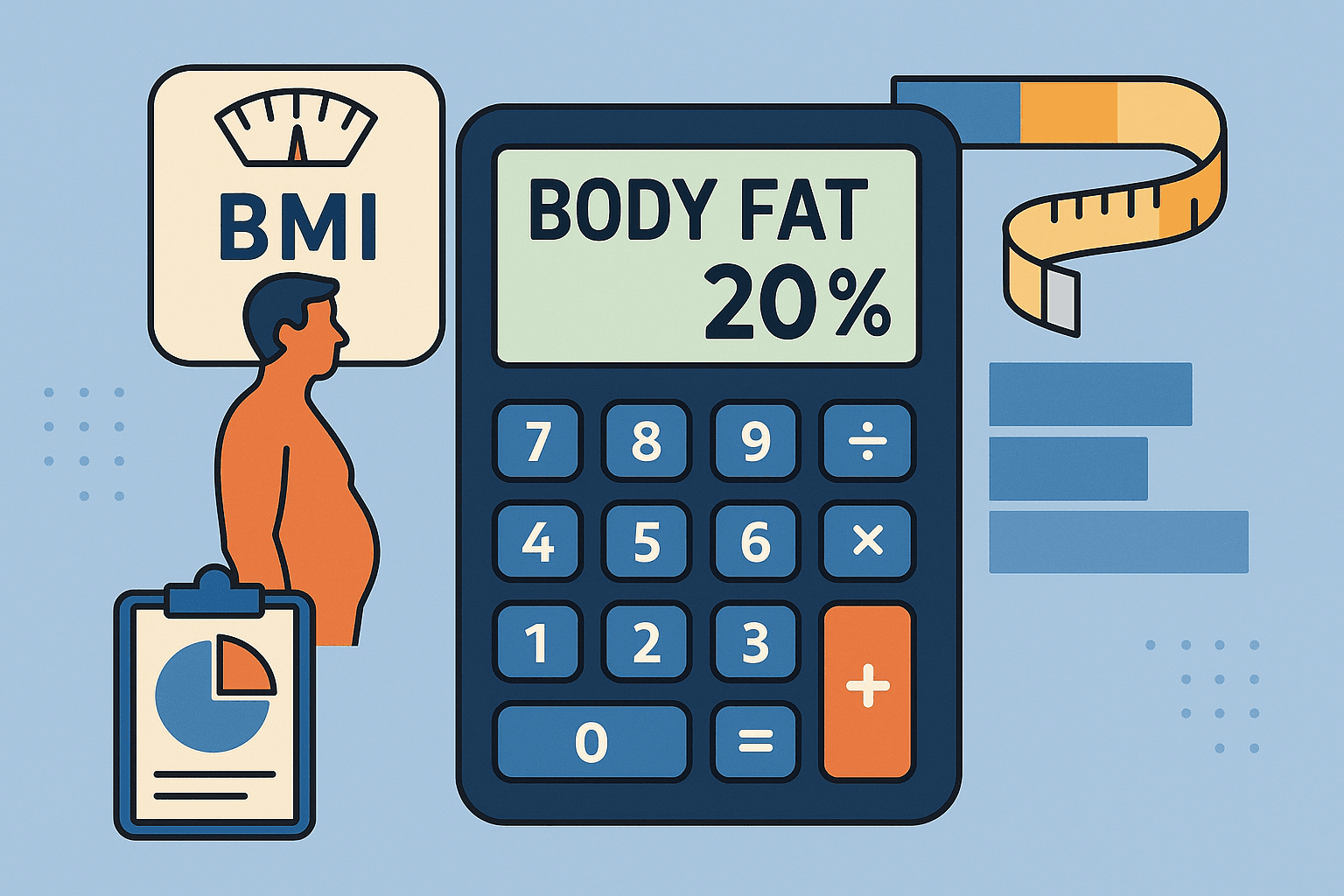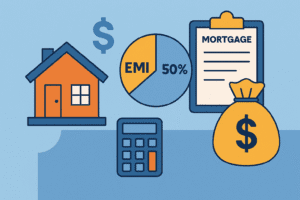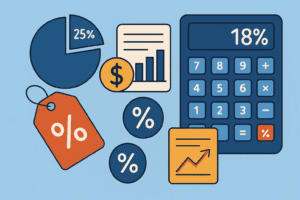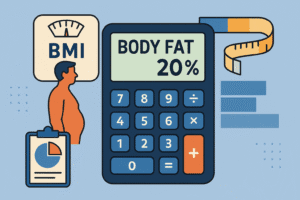When it comes to tracking your health and fitness, most people immediately think of BMI. But here’s the truth: BMI is outdated, incomplete, and can be misleading. If you really want to understand your body composition and overall health, body fat calculators are the way to go.
In this guide, we’ll break down the difference between BMI and body fat percentage, why it matters, and how you can calculate your own fat vs lean mass using simple tools online or at home.
BMI vs Body Fat: What’s the Difference?
Body Mass Index (BMI) is a basic formula that divides your weight by your height squared. It then categorizes you as underweight, normal, overweight, or obese. But it has a major flaw—it doesn’t account for muscle, fat distribution, gender, or age.
- A muscular athlete and an obese person could have the same BMI.
- Older adults may have a “normal” BMI but dangerously high body fat.
- Women naturally have more body fat than men, but BMI doesn’t adjust for that.
That’s where body fat percentage comes in. It tells you what portion of your weight is fat versus lean mass (muscle, bone, organs, water).
Why Body Fat Percentage Matters More
Your body fat percentage gives a much clearer picture of your health risks. High body fat, especially visceral fat around the abdomen, is linked to conditions like:
- Heart disease
- Type 2 diabetes
- High blood pressure
- Hormonal imbalances
- Low testosterone or estrogen levels
According to the CDC, a healthy body fat range is:
- Men: 10%–20%
- Women: 18%–28%
This is more useful than just knowing you’re “normal weight” on a BMI chart.
What Are Body Fat Calculators?
Body fat calculators are online tools that estimate your body fat percentage using a few measurements. They typically ask for:
- Gender
- Age
- Height and weight
- Neck circumference
- Waist circumference
- Hip circumference (for females)
Based on these, the calculator uses established formulas (like the U.S. Navy Method) to give you a fairly accurate estimate of your body fat percentage.
Try our Body Fat Calculator to see your fat vs lean breakdown now — with a visual pie chart.
Benefits of Using a Body Fat Calculator
1. Track Real Progress
When you’re trying to lose weight or build muscle, scale weight isn’t everything. You might lose fat and gain muscle, and the scale barely changes — but your health and body shape do. A body fat calculator helps you measure real progress, not just pounds lost. (Body Fat Calculators)
2. Set Better Fitness Goals
Instead of focusing on a target weight, you can aim for a healthy fat percentage. This leads to more sustainable and balanced routines, where the goal is building strength and losing fat — not just shrinking a number on the scale.
3. Prevent Muscle Loss During Weight Loss
If you’re losing weight rapidly, it’s possible that you’re also losing muscle. Regularly checking your body fat percentage ensures that your fat mass is going down, not your muscle mass. (Body Fat Calculators)
4. Customize Diet and Workouts
Knowing your current fat percentage helps you set appropriate calorie, protein, and workout targets. For example, someone with 30% body fat needs a different plan than someone at 18% — even if they weigh the same.
Other Ways to Measure Body Fat
If you want to cross-check your online results or get more precise, here are other methods:
- 🏋️♂️ Skinfold calipers (done by a trainer)
- ⚖️ Bioelectrical impedance scales (home use)
- 🔬 DEXA scans (clinical level accuracy)
- 📏 Tape measurements (as used in online calculators)
While methods like DEXA and impedance offer more detail, they aren’t always accessible. That’s why body fat calculators are a great starting point. (Body Fat Calculators)
Who Should Use a Body Fat Calculator?
- 🏃 Beginners starting a weight loss journey
- 💪 Athletes monitoring muscle-to-fat ratio
- 🧓 Older adults tracking visceral fat
- 📋 Dieticians and fitness coaches setting client goals
- 👩⚕️ Doctors monitoring metabolic risk
How Often Should You Check Body Fat?
Every 2–4 weeks is a good frequency. Daily fluctuations in hydration or sodium intake can throw off your numbers — so don’t overdo it. Look at trends, not one-off results.
What’s a Healthy Body Fat Target?
Here are general ranges to guide your goals:
Men
- Underfat: Below 8%
- Healthy: 10%–20%
- Overfat: 21%–25%
- Obese: 26%+
Women
- Underfat: Below 15%
- Healthy: 18%–28%
- Overfat: 29%–33%
- Obese: 34%+
Always aim for slow, sustainable changes. Losing just 1–2% body fat per month is a healthy rate for most people. (Body Fat Calculators)
Final Thoughts: Don’t Let the Scale Fool You
Weight alone doesn’t define health. Muscle weighs more than fat. Two people can weigh the same but have drastically different fitness levels. That’s why body fat calculators are so useful—they give you a much deeper understanding of your body.
🧠 Ready to ditch the scale and get real insights? Use our Body Fat Calculator now












